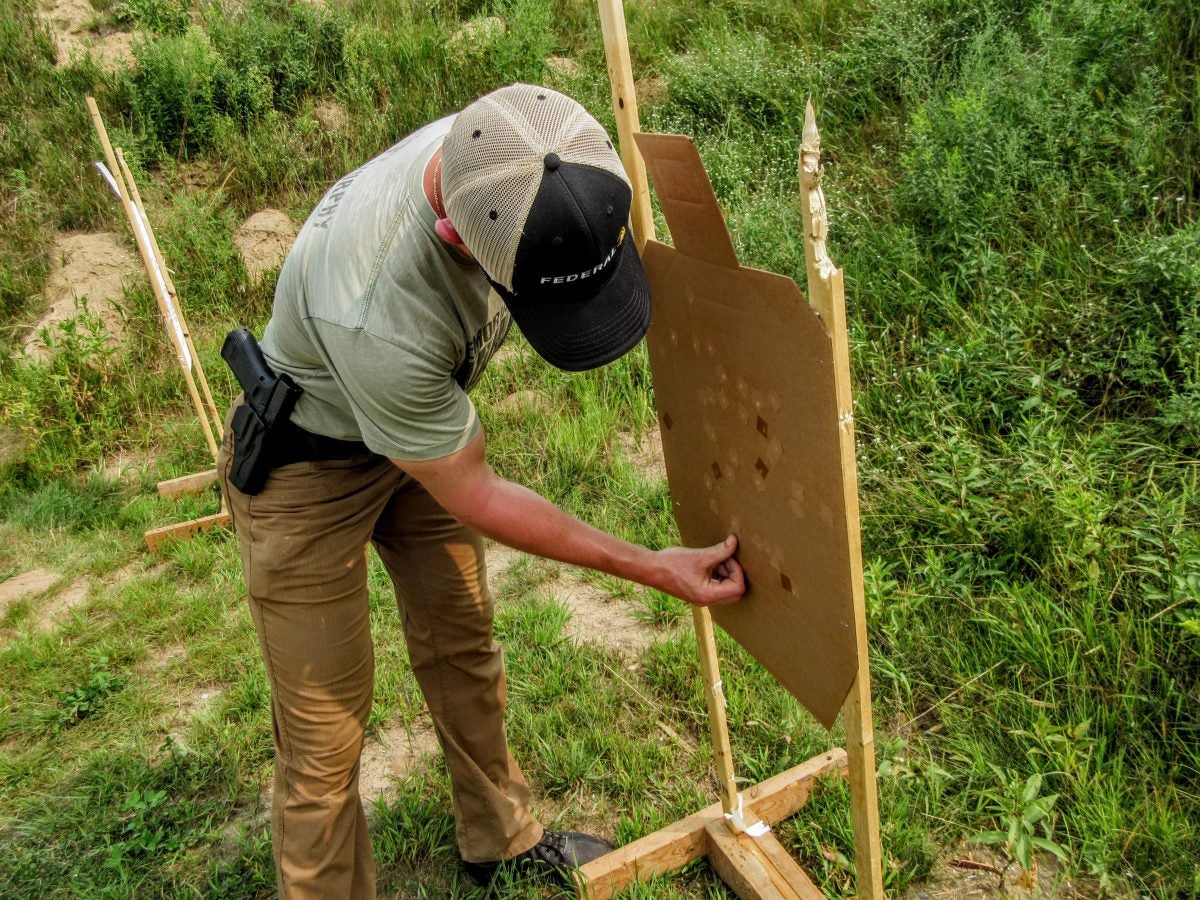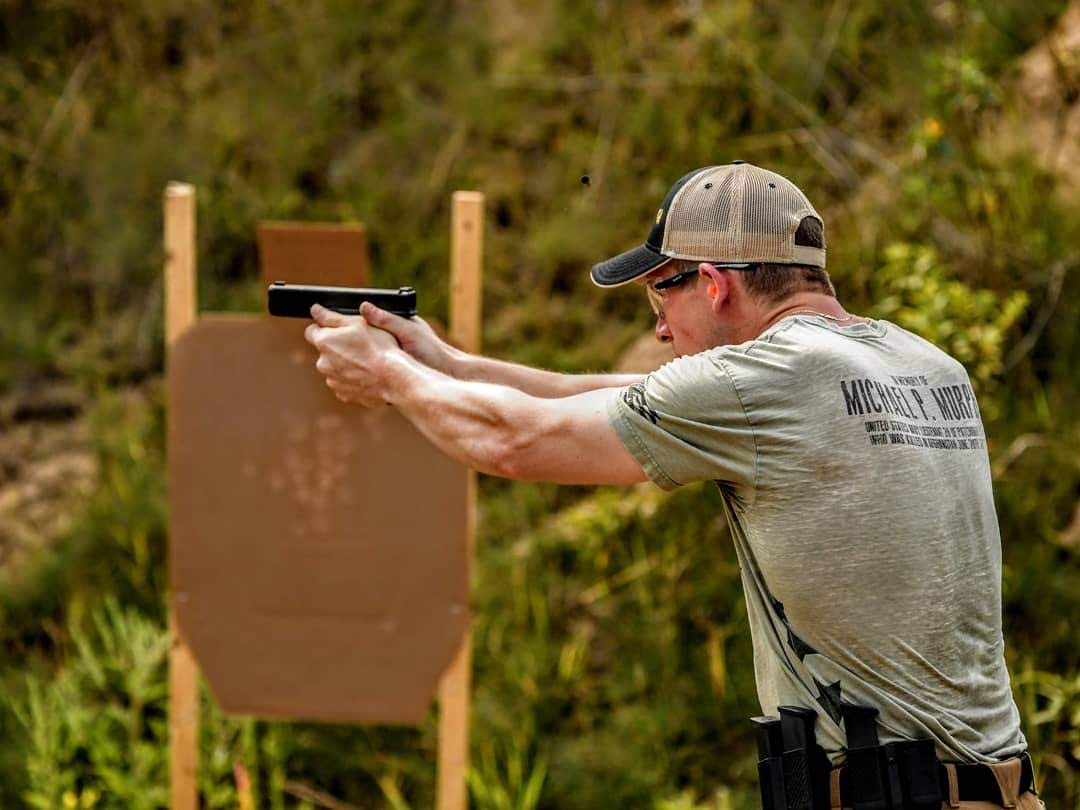Teaching Others about Firearms – The Third Question to Ask
Phil Godding 01.12.22

As I noted before, we need to find out “what do they want to know” and “what do I need to teach them” when we are acting as instructors/teachers or mentors. That is a good start, but a third question needs to be asked. This morning I was reading some articles about sportsmen/sportswomen who hire guides or professional hunters (PH) to take them into places with dangerous wild game. The animals can quickly shift from prey to predator… if you catch my drift. There were many good points in these articles, from caliber to action types, but the lesson that kept getting repeated was safety. The guides or professional hunters did not want anyone to get hurt, especially themselves and their staff members. The PH watched the authors uncasing, loading, unloading, controlling the muzzle, handling, zeroing in, carrying the rifle, and responding to directions. If the PH wants their clients to be safety focused how much more should you and I be safety focused around family, friends, and clients? Some number great than 100% more would be my answer. OK, not mathematically possible, but you get my point.
My tendency is to start with the four safety rules, but rather than state them verbally – how about we show them? Act them out? Make them second nature in all we do? I respect a business when I look at a pistol or rifle at a gun shop if the clerk immediately expresses muzzle control, opens the action, shows me the empty action AND inserts a finger or pencil or SOMETHING to prove to me the third time the gun is safe.
My brother and I were making this point in a class recently when an older gentleman (we’ll call him “Bob”) popped his hand up. Bob recalled that his before school and after school job was at the local hardware store where he swept floors and stocked shelves. Now this was back in the day when rifles and shotguns were simply hung on the wall. A customer had come in, taken a rifle of some sort off the rack, shouldered the rifle, pointed the rifle out the front window, and pulled the trigger. What shouldn’t have happened did. The gun went BANG, the store front glass shattered with the bullet ending up in a department store across the street! Bob then was given the daily task, before sweeping and stocking, to make sure all the guns were safe. Every day, on the way to school and after school, he checked to make sure each and every gun was devoid of ammo. That safety lesson was not lost on Bob. A local gun range has a club house with a named hole in the coffee counter. You can guess what happened. Do you really want a piece of Formica named in your honor?
With that incident in mind – and I am sure you know of others – we need to make sure the muzzle is pointed in a safe direction; know the action is empty; the action has been demonstrated to be empty; we don’t point at anything we don’t want to vaporize; and we think about what is beyond the wall, or under the floor, we are pointing at. Think about the gun departments you visit – do you know what is beyond that wall you will be pointing at? I have taken this a step further and after the action is opened, demonstrated empty and the muzzle is under control before I check out the trigger pull I always ask it is OK to pull the trigger. Why? First, to let the clerk know safety is important to me. Second, maybe there is an off chance the gun should not be dry fired (increasingly rare, but hey, I don’t want to pay for a repair). Third, give the clerk one last time to check my muzzle control. The same applies when a friend or neighbor is offering me the chance to examine a firearm.
Mindless autopilot. Distractions. These are the settings for most accidents, or in this case accidental discharges.
We all engage our autopilots from time-to-time. We drive down a stretch of road and don’t recall how we got there. We go to look for keys that we “always” toss in the bowl by the door only to find out weeks later we stashed them on the top of the refrigerator. Our automatic actions serve us well until they don’t. Unloading after range time is a common place for errant automatic actions: there is ammo present, there is a gun present, we are tired, we are distracted, and then suddenly we don’t know where we are in our automated routine. Did I drop the magazine? Did I clear the chamber after I dropped the magazine? Having been stopped in mid-autopilot a few times I’ve come to appreciate the de-cocker feature on some guns. I drop the hammer and redo my clearing and safety check.
I recall reading about Eastern Airlines L1011 airliner that crashed in the Everglades in December 1972. A landing gear indicator light had failed and the crew was directed to circle the airport. Nobody notice that the autopilot had been inadvertently turned off and the plane gradually flew into the ground. The lesson here is that you can get so focused on one task you forget about the tasks of safety. I’ve noticed this especially when sighting in a rifle where I’m so focused on looking down range in the spotting scope I will be surprised that next trigger pull is silent because I’ve neglected to run the bolt to instill a fresh cartridge. As my friend Bill, who is just learning to fly will tell you, “you never quit flying the plane no matter what happens.” The same with safety instruction. So, here are some basics:
- Always model proper and safe handling when teaching or instructing. Even if you are holding one of those blue or green all rubber guns; treat it as if it were loaded and dangerous. If you get sloppy with a rubber gun eventually you will get sloppy with a real weapon.
- If someone comes to you and wants you to look at their weapon hold it like a soggy diaper and ask them to make sure the gun has been made safe.
- Be publicly bothered when someone “sweeps” you. Make a frowny face. Turn away. Say “hey, watch the muzzle” even if the bolt or magazine is laying on the table. By the same token thank people for not sweeping you!
- Post the four safety rules where you handle guns in your home or office, especially if there are visitors. Distractions happen. We need to be reminded.
Those of us who reload know the evil of distraction. We are in the middle of a tray and get interrupted. I am apt to pour out the powder loads I’ve thrown and go back to step one: checking the seating of the primers, then resize the case and then load powder. Better to be safe than end up with a double load of powder. If you are teaching someone to reload and you get distracted explain your thought process and start over. If you are showing the features of a gun and get distracted start over. If all else fails point to the plate glass window and say “we won’t be replacing that one today.”

